Bacteria that lives on the ocean floor has been found to cure half of all male prostate cancer sufferers in a London trial. It’s injected into the bloodstream and could replace surgery.
Category: biotech/medical – Page 3,108
Artificial leaf could make a medicinal mini-factory
Leaves are kind of like nature’s power plants, converting incoming sunlight into energy for the plant to thrive on. Inspired by the real thing, scientists have previously created artificial leaves that function in much the same way as their natural counterparts to produce electricity and even liquid fuels. Now a team at Eindhoven University of Technology (TU/e) is using a similar system to produce chemicals, which could one day lead to solar-powered “mini-factories” that can produce drugs, pesticides and other chemicals almost anywhere.
To mimic the light-capturing molecules in leaves, the researchers turned to luminescent solar concentrators (LSCs), materials seen in solar-harvesting window technology and used to catch and amplify laser beams carrying data in Facebook’s drone-mounted internet projec t. These LSCs absorb incoming light, convert it to specific wavelengths and then guide the photons to the edges of the device.
The TU/e team’s take on the idea was to create a leaf-shaped device, made from a silicon rubber LSC, with a thin channel running through it like the veins in a leaf. As chemicals are pumped through the channel, the LSC material directs sunlight towards it, and the high intensity of the sunlight can trigger a chemical reaction with the liquid in the channel. Essentially, one substance enters, and by the time it comes out the other end, the device will have converted it into a different chemical, which may be useful as a drug, fuel or other agent.
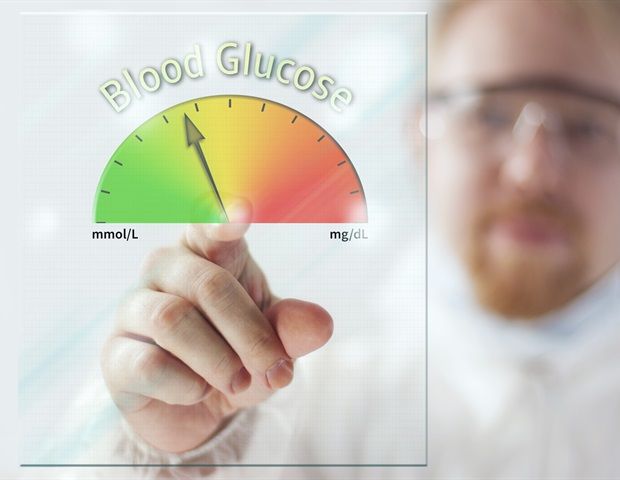
Bionic pancreas system manages blood sugar levels in patients with type 1 diabetes living at home
The bionic pancreas system developed by Boston University (BU) investigators proved better than either conventional or sensor-augmented insulin pump therapy at managing blood sugar levels in patients with type 1 diabetes living at home, with no restrictions, over 11 days. The report of a clinical trial led by a Massachusetts General Hospital (MGH) physician is receiving advance online publication in The Lancet.
“For study participants living at home without limitations on their activity and diet, the bionic pancreas successfully reduced average blood glucose, while at the same time decreasing the risk of hypoglycemia,” says Steven Russell, MD, PhD, of the MGH Diabetes Unit. “This system requires no information other than the patient’s body weight to start, so it will require much less time and effort by health care providers to initiate treatment. And since no carbohydrate counting is required, it significantly reduces the burden on patients associated with diabetes management.”
Developed by Edward Damiano, PhD, and Firas El-Khatib, PhD, of the BU Department of Biomedical Engineering, the bionic pancreas controls patients’ blood sugar with both insulin and glucagon, a hormone that increases glucose levels. After a 2010 clinical trial confirmed that the original version of the device could maintain near-normal blood sugar levels for more than 24 hours in adult patients, two follow-up trials — reported in a 2014 New England Journal of Medicine paper — showed that an updated version of the system successfully controlled blood sugar levels in adults and adolescents for five days. Another follow-up trial published in The Lancet Diabetes and Endocrinology in 2016 showed it could do the same for children as young as 6 years of age.
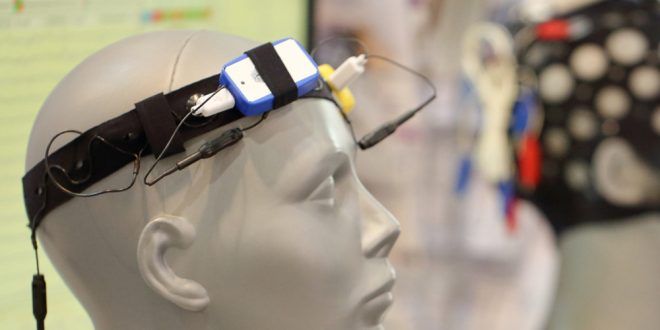
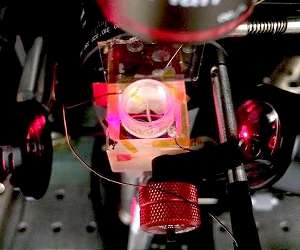
Electrical signaling in heart and nerve cells using graphene
Nice.
Scientists have enlisted the exotic properties of graphene, a one-atom-thick layer of carbon, to function like the film of an incredibly sensitive camera system in visually mapping tiny electric fields in a liquid. Researchers hope the new method will allow more extensive and precise imaging of the electrical signaling networks in our hearts and brains.
The ability to visually depict the strength and motion of very faint electrical fields could also aid in the development of so-called lab-on-a-chip devices that use very small quantities of fluids on a microchip-like platform to diagnose disease or aid in drug development, for example, or that automate a range of other biological and chemical analyses. The setup could potentially be adapted for sensing or trapping specific chemicals, too, and for studies of light-based electronics (a field known as optoelectronics).
“This was a completely new, innovative idea that graphene could be used as a material to sense electrical fields in a liquid,” said Jason Horng, a co-lead author of a study published Dec. 16 in Nature Communications that details the first demonstration of this graphene-based imaging system.

Herbal medicine may make tuberculosis easier to treat
Herbs treating Tuberculosis.
A centuries-old herbal medicine, discovered by Chinese scientists and used to effectively treat malaria, may help treat tuberculosis and slow the evolution of drug resistance.
A new study shows the ancient remedy artemisinin stopped the ability of TB-causing bacteria, known as Mycobacterium tuberculosis, to become dormant. This stage of the disease often makes the use of antibiotics ineffective.
The study is published in the journal Nature Chemical Biology.
Flaunt Magazine
A column on #transhumanism I did for Flaunt:
Are you ready for the future? A Transhumanist future in which everyone around you—friends, family, and neighbors—has dipped into the cybernetic punch bowl? This is a future of contact lenses that see in the dark, endoskeleton artificial limbs that lift a half-ton, and brain chip implants that read your thoughts and instantly communicate them to others. Sound crazy? Indeed, it does. Nevertheless, it’s coming soon. Very soon. In fact, much of the technology already exists. It’s being sold commercially at your local superstore or being tested in laboratories right now around the world.
We’ve all heard about driverless test cars on the roads and how doctors in France are replacing people’s hearts with permanent robotic ones, but did you know there’s already a multi-billion dollar market for brainwave-reading headsets? Using electroencephalography (EEG) sensors that pick up and monitor brain activity, NeuroSky’s MindWave can attach to Google Glass and allow you to take a picture and post it to Facebook and Twitter just by thinking about it. Other headsets allow you to play video games on your iPhone with only your thoughts as well. In fact, a few months ago, the first mind-to-mind communication took place. A researcher in India projected a thought to a colleague in France, and using their headsets, they understood each other. Telepathy went from science fiction to reality, just like that.
The history of cybernetics—sometimes used to describe robotic implants, prosthetics, and cyborg-like enhancements in the human being and its experience—has come a long way since scientists began throwing around the term in the 1950s. What a difference a generation or two makes. Today a thriving pro-cyborg medical industry is setting the stage for trillion-dollar markets that will remake the human experience. Five million people in America suffer from Alzheimer’s, but a new surgery that involves installing brain implants is showing promise in restoring people’s memory and improving lives. The use of medical and microchip implants, whether in the brain or not, are expected to surge in the coming years. NBC News recently reported that many Americans will likely have chip implants within a decade’s time. It’s truly a new age for humans.
Standing proud at the forefront of all this change is the fascinating biohacker culture, where extreme inventors and innovators are leading the way by sticking RFID tracking chips in their bodies, permanent wireless headphones near their eardrums, and magnets in their fingers.
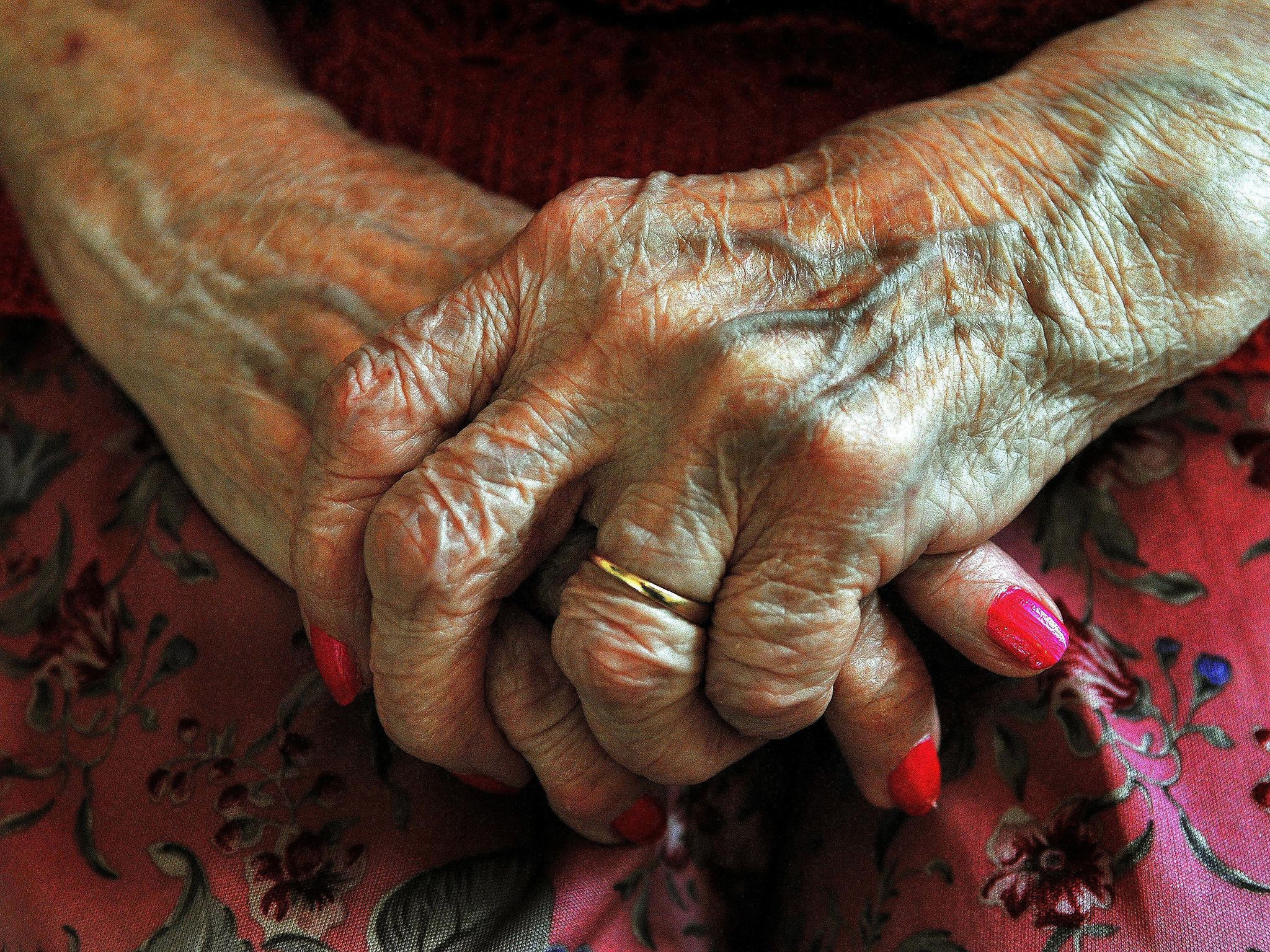
Newly discovered disease could hold key to Alzheimer’s, Parkinson’s – and even ageing
A new genetic disease has been discovered that could play a key role in devastating brain conditions such as Alzheimer’s and Parkinson’s, opening up the possibility of new forms of treatment.
A 47-year-old Canadian woman, who had been having difficulty walking and balancing since she was 28, was found to have a new genetic disease after 10 known conditions were ruled out, according to a paper in the journal Nature by an international team of researchers.
The disease causes an over-reaction by the body’s natural repair system. An enzyme, known as PARP1, goes into over-drive, ultimately causing the deaths of brain cells.

Piperlongumine as a Senolytic Drug Candidate with Fewer Side-Effects
Senescent cell removal is the first true rejuvenation therapy to treat one of the aging processes and with human clinicial trials in the next 18 months these are some very exciting times. Here is yet another study showing natural compounds can be used in combination with drugs to kill senescent cells.
Today’s open access research paper outlines the discovery of yet another new candidate drug for the selective destruction of senescent cells. This is an increasingly popular research topic nowadays. Senescent cells perform a variety of functions, but on the whole they are bad news. Cells become senescent in response to stresses or reaching the Hayflick limit to replication. They cease further division and start to generate a potent mix of signals, the senescence-associated secretory phenotype or SASP, that can provoke inflammation, disarray the surrounding extracellular matrix structures, and change behavior of nearby cells for the worse. Then they destroy themselves, or are destroyed by the immune system — for the most part at least. This is helpful in wound healing, and in small doses helps to reduce cancer incidence by removing those cells most at risk of becoming cancerous. Unfortunately a growing number of these cells linger without being destroyed, more with every passing year, and their presence eventually causes significant dysfunction. That in turn produces age-related disease, frailty, and eventually death. Senescent cells are not the only root cause of aging, but they provide a significant contribution to the downward spiral of health and wellbeing, and even only their own would eventually produce death by aging.
The beneficial aspects of senescent cells seem to require only a transient presence, so the most direct approach to the problem presented by these cells is to destroy them every so often. Build a targeted therapy capable of sweeping senenscent cells from tissues, and make it efficient enough to keep the count of such cells low. That is the way to prevent senescent cells form contributing to age-related disease. Working in mice, researchers have produced results such as functional rejuvenation in aged lungs and extended life span through the targeted destruction of senescent cells. Since perhaps only a few percent of the cells in old tissue are senescent, this targeted destruction can be accomplished with few side-effects beyond those generated by off-target effects of the medication itself.
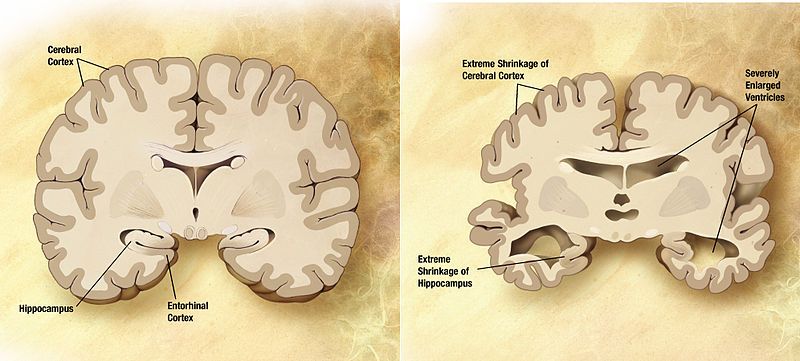
New biomarker predicts Alzheimer’s disease and link to diabetes
A new biomarker for Alzheimers could improve the patient outcome and allow for earlier treatment.
An enzyme found in the fluid around the brain and spine is giving researchers a snapshot of what happens inside the minds of Alzheimer’s patients and how that relates to cognitive decline.
Iowa State University researchers say higher levels of the enzyme, autotaxin, significantly predict memory impairment and Type 2 diabetes. Just a one-point difference in autotaxin levels — for example, going from a level of two to a three — is equal to a 3.5 to 5 times increase in the odds of being diagnosed with some form of memory loss, said Auriel Willette, an assistant professor of food science and human nutrition at Iowa State.
Autotaxin, often studied in cancer research, is an even stronger indicator of Type 2 diabetes. A single point increase reflects a 300 percent greater likelihood of having the disease or pre-diabetes. The results are published in the Journal of Alzheimer’s Disease. Willette and Kelsey McLimans, a graduate research assistant, say the discovery is important because of autotaxin’s proximity to the brain.